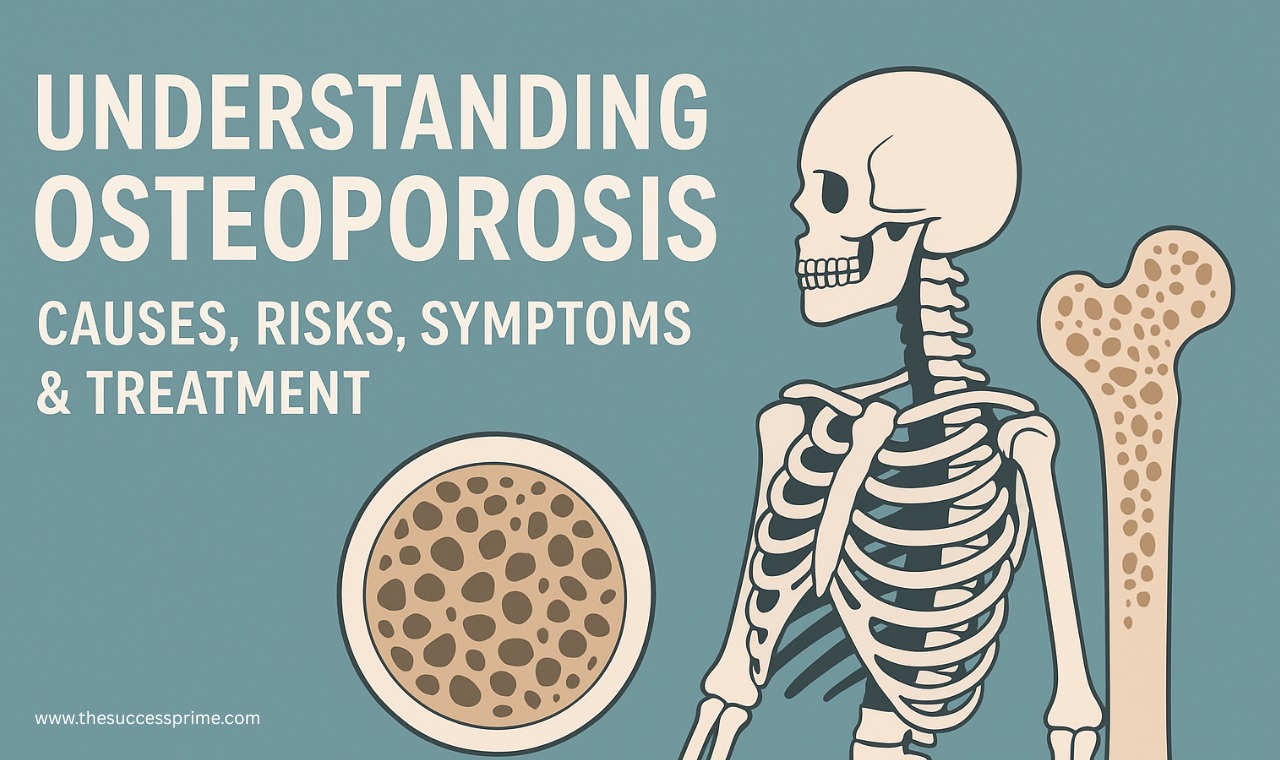Ed Gein was an American serial killer who was born in La Crosse, Wisconsin, U.S. on August 27, 1906, and passed away in Madison, Wisconsin, on July 26, 1984. His horrific crimes became well-known across the world in the 1950s when it was revealed that he had plundered cemeteries and utilized body parts to build home goods and other artifacts.
The Real-Life Horror of Ed Gein: From Grave Robber to Serial Killer
Gein agreed to killing someone else, although he was accused of killing a lady in 1968. also, some people think he killed his older sibling. Geinwas declared crazy and stayed in a mental health facility until his passing in 1984. Psycho (1960), The Texas Chain Saw Massacre (1974), and The Silence of the Lambs (1991) are just a few of the horror films and literature he inspired. He was also the subject of documentaries, such as the Netflix documentary Monster: The Ed Gein Story (2025).
Early Years
Augusta and George Gein had two boys, Ed being the youngest. He had a difficult and lonely upbringing. His mother, Augusta, was a controlling, devout woman who frequently chastised her kids, while his father, George, battled alcoholism. She often preached against women’s immorality and prohibited Ed from making friends outside the home, instilling in him a phobia of women. Ed was loyal to his mother despite her harshness; this obsession would eventually mold his unsettling personality.
Henry, Ed’s elder brother, sometimes questioned Augusta’s opinions in front of Ed and frequently voiced worry about this unhealthy bond. When their father passed away from heart failure in 1940, tragedy hit. Eyebrows were raised four years later when Henry mysteriously died in a fire close to their remote property in Plainfield, Wisconsin. Ed was able to take authorities to the body, which had mysterious head bruises, even though he had reported him missing. The death was determined to be unintentional in spite of these indicators.
For Ed, Augusta’s death in 1945 marked a sea change. When he was left all by himself, he grew more reclusive and closed off his mother’s chambers in the farmhouse as a memorial to her. He performed odd jobs as a handyman and even babysat for local families in order to make ends meet. His calm, solitary life concealed the dark obsessions that were simmering under the surface. American killer Ed Gein, “The Butcher of Plainfield” (1957).
Crimes and Conviction
When Bernice Worden, a local hardware store owner in Plainfield, Wisconsin, abruptly vanished in November 1957, Ed Gein’s horrible actions came to light. Police looked into Gein’s remote farmhouse after witnesses claimed to have seen him with her just before she vanished. Worden’s body was discovered hanging upside down in a shed, mangled and beheaded, a discovery that stunned the entire country. Later, her head was found on the premises inside a box.
Investigators found a terrifying scene from a horror movie when searching Gein’s house. Human skulls used as bowls, masks fashioned from faces, furniture covered in human skin, and crates packed with various body parts were among the hideous objects that littered the farmhouse. Soon after, authorities discovered that Gein had been plundering local graves and removing the bodies of women who reminded him of his late mother. He allegedly made a “woman suit” out of their bones and wore it in a misguided attempt to become his mother. The head of Mary Hogan, a tavern owner who disappeared in 1954, was one of the graphic discoveries.
Gein’s farmhouse was destroyed in 1958 by an unexplained fire, which erased most of the tangible evidence but left the horror intact. Later, Gein admitted to killing both Worden and Hogan, saying that his obsession with his mother and uncontrolled desires had driven him to do it.
Gein spent more than 10 years in mental hospitals after being declared mentally incompetent for trial in 1957 due to schizophrenia. He was found guilty of Bernice Worden’s murder in 1968 after medical professionals determined he was fit to stand trial. He spent the remainder of his life in a mental hospital after being declared legally ill once more. Ed Gein passed away in 1984 from lung cancer-related respiratory failure; his terrifying legacy served as an inspiration for some of the most recognizable horror villains in Hollywood.
Movies and books
Gein’s actions served as the inspiration for a number of books and films, including three of the most significant horror/thriller movies ever produced: Alfred Hitchcock’s Psycho (1960), which was based on Robert Bloch’s compelling 1959 novel; The Texas Chain Saw Massacre (1974), which was also inspired by the life of Texas serial killer Elmer Wayne Henley; and The Silence of the Lambs (1991), an Oscar-winning adaptation of Thomas Harris’s best-selling novel (1988). The third season of the anthology true-crime series, Monster: The Ed GeinStory, also focused on Gein. Charlie Hunnam played the title role when it appeared on Netflix in 2025.
Frequently Asked Questions (FAQs) About Ed Gein
- Who was Ed Gein?
Ed Gein, often referred to as “The Butcher of Plainfield,” was an American murderer and grave robber born on August 27, 1906, in La Crosse, Wisconsin. His gruesome crimes — including grave robbing, murder, and creating household items from human remains — shocked the world in the 1950s.
- When did Ed Gein commit his crimes?
Ed Gein’s crimes were discovered in November 1957, after the disappearance of Bernice Worden. However, evidence suggested that his activities — including grave robbing and other macabre acts — had been occurring for several years prior.
- Where did Ed Gein live and commit his crimes?
Ed Gein lived on a remote family farm near Plainfield, Wisconsin, which later became infamous as the site of his horrifying crimes. His farmhouse was filled with human remains and items fashioned from body parts.
- Why did Ed Gein become a killer?
Psychologists and investigators believe Ed Gein’s crimes were deeply influenced by his domineering mother, Augusta Gein, who instilled in him a fear of women and a belief that they were sinful. Her death left him isolated and mentally unstable, pushing him into necrophilia, grave robbing, and murder as a means to “bring her back.”
- Did Ed Gein have a wife or children?
No, Ed Geinnever married and had no children. His mother’s strict control over his social life and teachings about the “immorality of women” kept him isolated from normal relationships.
- Who were Ed Gein’s parents?
His parents were George Gein and Augusta Wilhelmine Gein. George was an alcoholic, while Augusta was an overbearing and religious woman whose influence deeply shaped Ed’s disturbed psyche.
- Did Ed Gein have any siblings?
Yes, Ed had an older brother named Henry Gein. Henry often clashed with their mother’s beliefs and expressed concern over Ed’s attachment to her. He died under mysterious circumstances in 1944 during a fire near their property — some believe Ed may have been involved.
- How did Ed Gein make money?
After his mother’s death, Ed Gein earned money by working odd jobs as a handyman and babysitter in his small community. Despite his gruesome secret life, locals often described him as polite and quiet.
- What happened to Ed Gein’s house?
In 1958, shortly after his arrest, Ed Gein’s farmhouse — known as his “house of horrors” — was destroyed by a mysterious fire. The cause was never determined, but many speculated it was arson to erase the site’s horrifying legacy.
- Was Ed Gein ever convicted?
Yes. In 1968, Ed Geinwas tried and found guilty of murdering Bernice Worden, but he was also ruled legally insane at the time of the crime. He spent the rest of his life in psychiatric institutions.
- How and when did Ed Gein die?
Ed Gein died on July 26, 1984, at the age of 77, from respiratory failure caused by lung cancer at Mendota Mental Health Institute in Madison, Wisconsin.
- What movies and books were inspired by Ed Gein?
Ed Gein’s crimes inspired numerous horror classics, including:
- 🪞 Psycho (1960) – inspired by Robert Bloch’s novel
- 🪚 The Texas Chain Saw Massacre (1974)
- 🧬 The Silence of the Lambs (1991)
He also became the subject of documentaries and Netflix’s 2025 series Monster: The Ed Gein Story, starring Charlie Hunnam.
- Why is Ed Gein still talked about today?
Ed Gein remains infamous because his crimes blurred the line between fiction and reality. His disturbing acts forever influenced pop culture, inspiring the archetype of the psychologically complex, skin-wearing horror villain that continues to appear in film and literature today. Netflix released a true-crime documentary titled “Monster: The Ed Gein Story” (2025), starring Charlie Hunnam, exploring Gein’s life, crimes, and influence on pop culture
- Was Ed Gein rich or poor?
Ed Gein lived a simple and impoverished life. He had no steady income and survived on small handyman jobs and occasional payments from neighbors. His isolated lifestyle made him appear harmless to others.
- Was Ed Gein insane?
Yes. Geinwas diagnosed with schizophrenia and psychosis. He was declared mentally unfit for trial in 1957 and spent years in psychiatric hospitals before being deemed competent to stand trial in 1968.
- What was Ed Gein’s trial outcome?
Ed Geinwas foundguilty of murder but legally insane. He was committed to Central State Hospital and later transferred to Mendota Mental Health Institute, where he remained until his death in 1984.
- How did Ed Gein die?
Ed Gein died on July 26, 1984, from respiratory failure caused by lung cancer at the age of 77, while institutionalized at Mendota Mental Health Institute in Wisconsin.
- Where is Ed Gein buried?
Ed Geinis buried in Plainfield Cemetery, Wisconsin, in an unmarked grave after his tombstone was repeatedly stolen and vandalized by curiosity seekers.
- What movies were inspired by Ed Gein?
His crimes inspired several classic horror characters and films, including:
- Norman Bates in Psycho (1960)
- Leatherface in The Texas Chain Saw Massacre (1974)
- Buffalo Bill in The Silence of the Lambs (1991)
Each film drew from Gein’s chilling obsession with human skin and identity.
- Was there a documentary about Ed Gein?
Yes. Netflix released a true-crime documentary titled “Monster: The Ed Gein Story” (2025), starring Charlie Hunnam, exploring Gein’s life, crimes, and influence on pop culture.
- How did Ed Gein’s crimes influence horror culture?
Gein’s story changed horror forever. His actions inspired an entire generation of psychological and slasher films, establishing the archetype of the “quiet, disturbed killer living in isolation.”
- Did Ed Gein ever express remorse?
While confined, Gein reportedly remained calm and polite but showed little genuine remorse. He often seemed detached from reality, treating his crimes as acts of compulsion rather than evil.
- How did Ed Gein’s community react to his crimes?
The town of Plainfield, Wisconsin, was left traumatized. Many residents never spoke openly about the case again, and Plainfield remains associated with Gein’s crimes to this day.
- What was Ed Gein’s psychological profile?
Experts described Gein as having severe maternal fixation, sexual repression, and psychotic tendencies. His delusions centered on reuniting with his dead mother, leading him to commit grave robberies and murders.
- What was Ed Gein’s legacy?
Though his crimes were few, Ed Gein’s legacy is massive. He became the blueprint for the modern horror villain, and his name is forever linked to the birth of the psychological horror genre.
Read Also: What Is ARC Raiders? Gameplay, Field Depots, Enemies, and Loot Guide












Leave a Reply